
There are 20 species of woodpecker in North America and 7 of these species migrate.
Some of these woodpeckers migrate from the north of their range while those in the south remain all year and some have no overlap of breeding and winter grounds.
The 7 species of woodpecker that migrate are:
- Red-headed Woodpecker
- Northern Flicker
- Yellow-bellied Woodpecker
- Lewis’s Woodpecker
- Red-naped Sapsucker
- Williamson’s Sapsucker
- Red-breasted Sapsucker
Woodpeckers That Do Migrate:
Red-headed Woodpecker
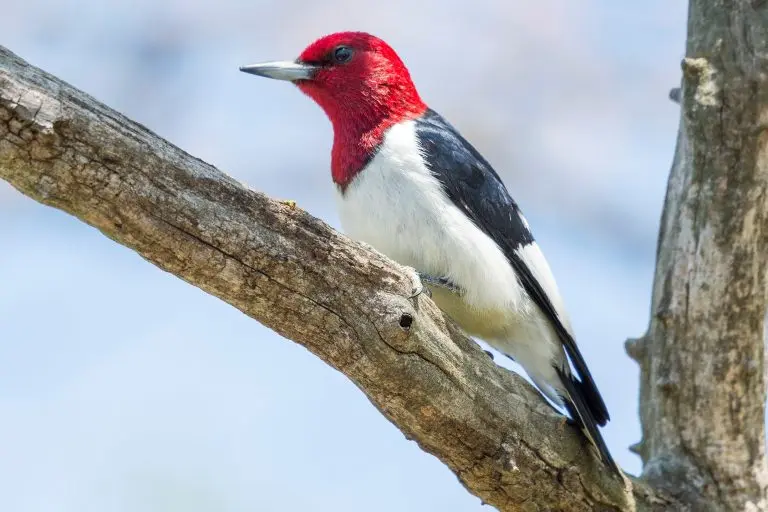
Red-headed Woodpeckers that breed in Central or Northern US states migrate south, but those in the Southeastern States do not migrate.
Migration of Red-headed Woodpeckers usually occurs in Mid to late April in spring and September in the fall.
Migration is depending on food sources and they will migrate in loose flocks.
Their range is from Southern Alberta and New York State in the north to New Mexico and Florida in the south and west to Montana, Wyoming, and Colorado.
Northern Flicker
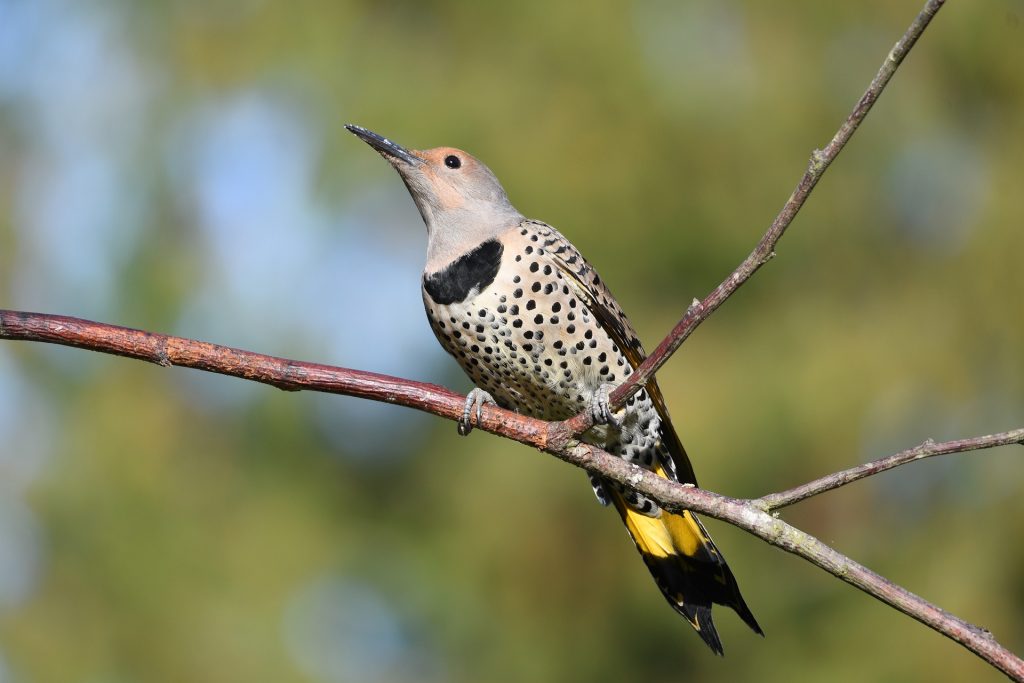
Northern Flickers migrate from the north of their range in Alaska and Canada and the far north of the US after breeding and fly down to southern states for the winter. Those that breed in the rest of the US remain all year and do not migrate.
Migration of Northern Flickers usually occurs down the Atlantic Coast.
May and September are the peak times for Northern Flicker migrations in spring and fall.
Yellow-bellied Sapsucker
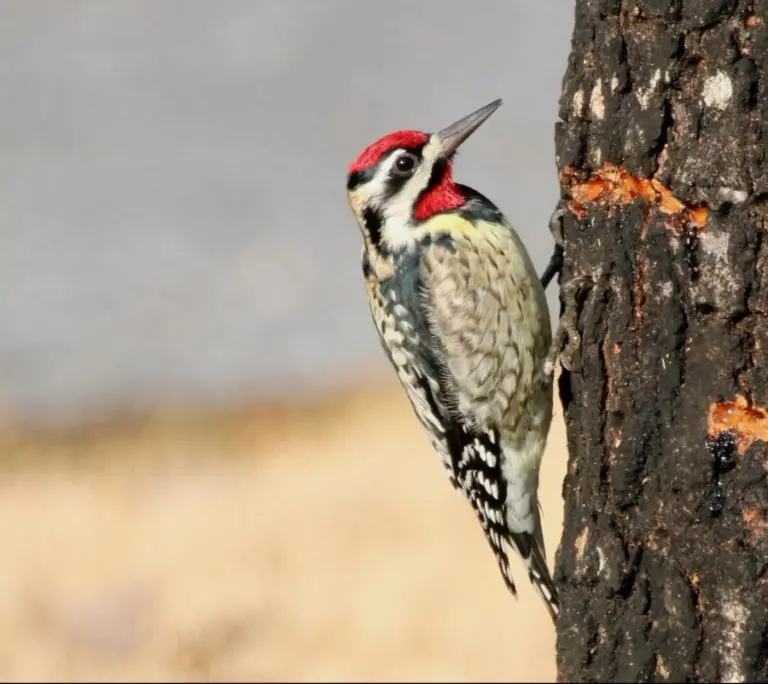
Yellow-bellied Sapsuckers migrate the furthest of any woodpecker in North America.
Breeding occurs in the Northwestern United States, across Canada, and just into Alaska.
Migration of Yellow-bellied Sapsuckers occurs in April and October. Winter is spent in southeastern US states, Mexico and Central America.
Lewis’s Woodpecker
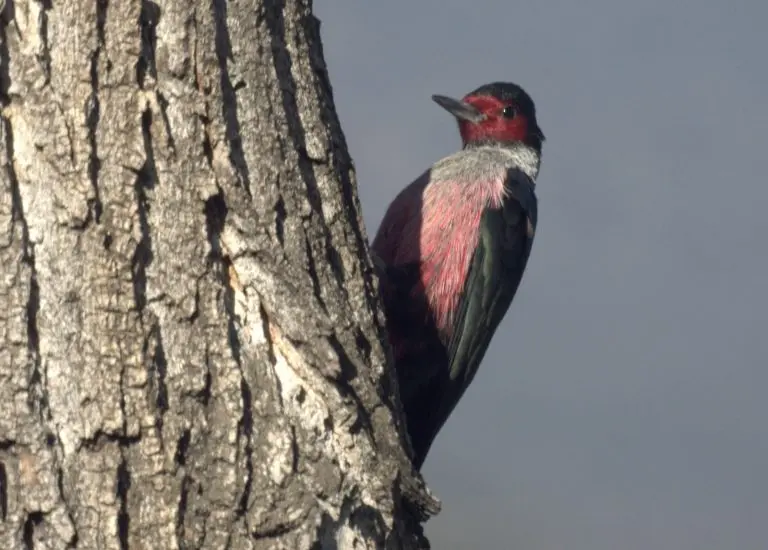
Lewis’s Woodpeckers migrate from the north of their range. They can be found from as far north as British Columbia and down to California and Texas.
They tend to breed further north in British Columbia, east to Wyoming, and south to Nevada before migrating to southwestern states.
Those on the Pacific Coast in California and Oregon tend to remain all year as do those in the southeast of their range in Texas, New Mexico, and Arizona.
Red-naped Sapsucker

Red-naped Sapsuckers are migratory and breed in mountain forests in western US states before migrating to southern Arizona, New Mexico, California, and Northern Mexico for winter.
Migration of Red-naped Sapsuckers happens in late March or early April in the spring and fall migration is in late August.
Williamson’s Sapsucker
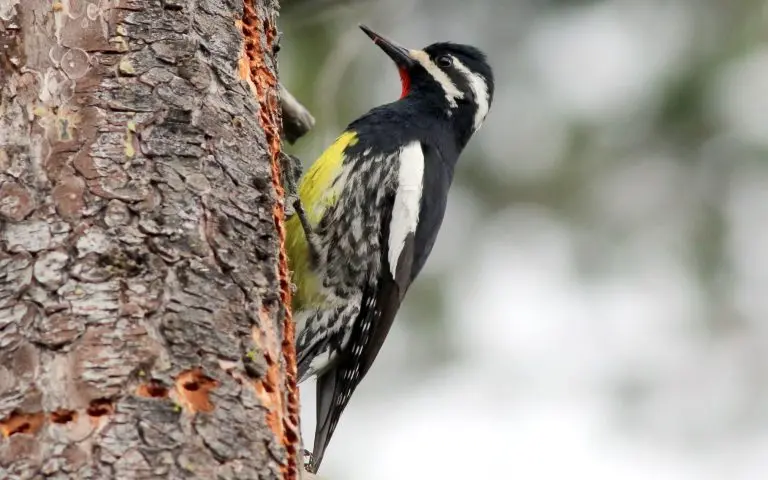
Williamson’s Sapsuckers are migratory and spend the summer breeding in the mountainous west from British Columbia down into northern Arizona and New Mexico. They spend winter in southern Arizona, New Mexico, and down into southern Mexico.
Red-breasted Sapsucker
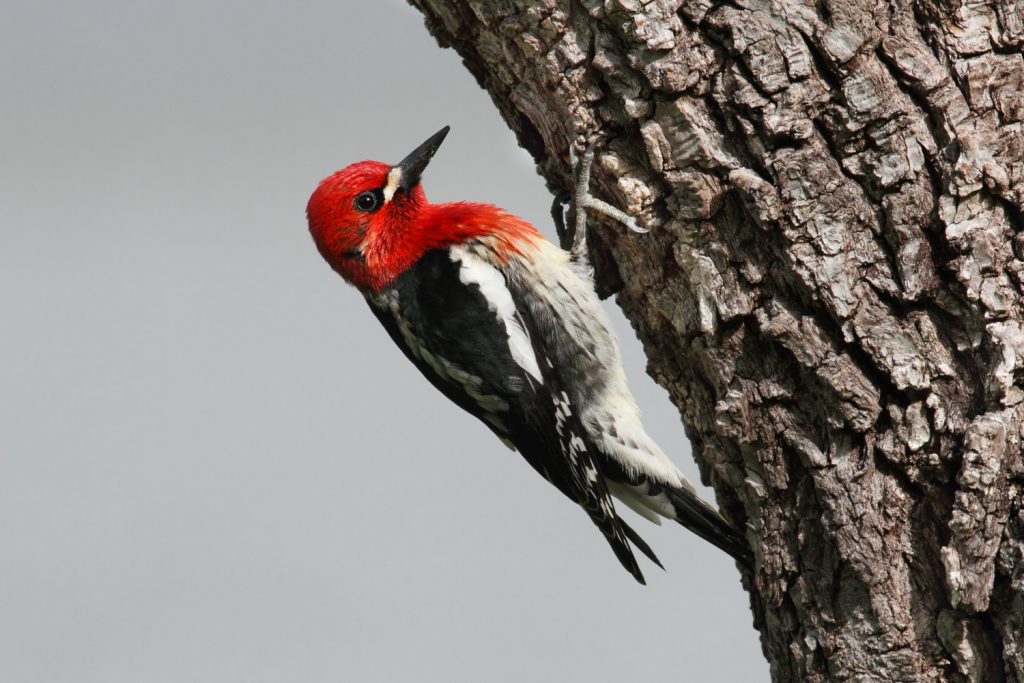
Red-breasted Sapsuckers migrate towards the coast from inland breeding areas in British Columbia and California but remain all year along the whole Pacific Coast from the British Columbia to Baja Califonia.
Woodpeckers That Do Not Migrate:
Hairy Woodpecker

Hairy woodpeckers do not migrate but some may move from higher elevations to lower elevations in winter.
They are common throughout the US and southern Canada and Alaska.
Downy Woodpecker
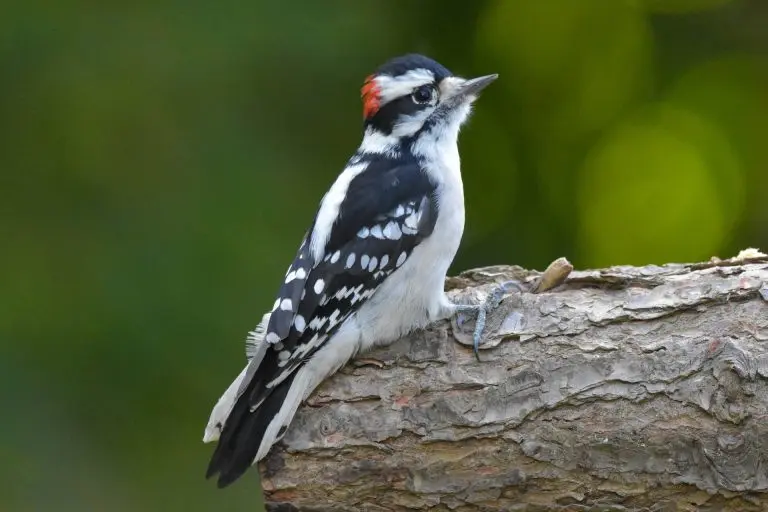
Downy woodpeckers do not migrate but some may move from the far north in winter.
They are common throughout the US and southern Canada and Alaska.
Red-bellied Woodpecker
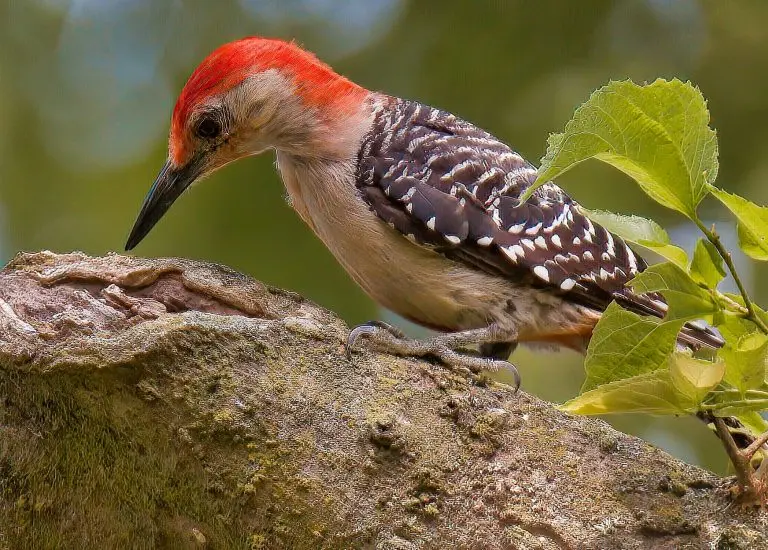
Red-bellied woodpeckers do not migrate but some may move a little north in winter depending on food supply.
Red-bellied Woodpeckers can be found in the Eastern United States from Minnesota, across the Great Lakes, and south to Texas and Florida.
Pileated Woodpecker
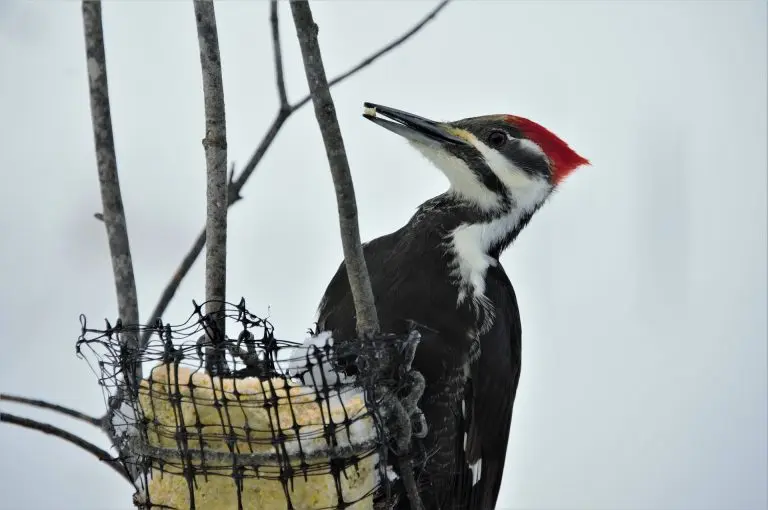
Pileated woodpeckers do not migrate but some move around in winter depending on food availability.
Pileated Woodpeckers can be found in an arc across the Eastern States from Texas and Florida up into Canada, across southern Canada, and back down the Pacific Coast as far as California. They are generally missing from central states
Acorn Woodpecker

Acorn Woodpeckers do not migrate.
They are residents in an ‘L’ shape in the US along the Pacific Coast and along the southern border from northwestern Oregon to California and across to Texas and then south to Mexico and Central America.
Black-backed Woodpecker

Black-backed Woodpeckers do not migrate and they predominantly live in Canada and Alaska down the west into California. They occasionally move south looking for food especially after fires leave lots of dead trees, which are perfect for them.
American-Three-toed Woodpecker
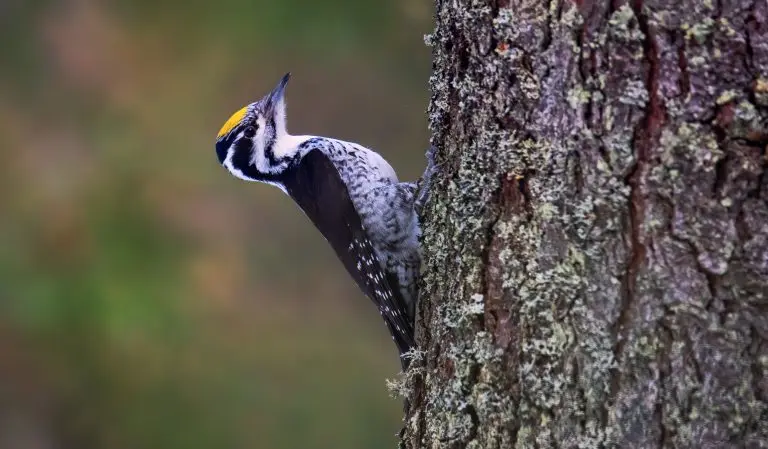
American Three-toed Woodpeckers do not migrate and they predominantly live in Canada and Alaska and through the mountainous West down as far as Arizona and New Mexico.
Red-cockaded Woodpecker
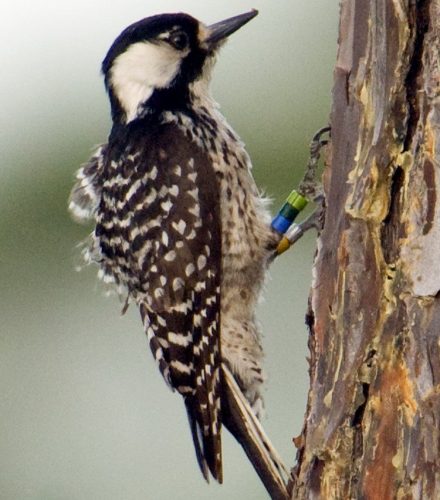
Red-Cockaded Woodpeckers are endangered woodpeckers that do not migrate and live in Northeastern Texas, and along the Gulf Coast states to Virginia.
White-headed Woodpecker
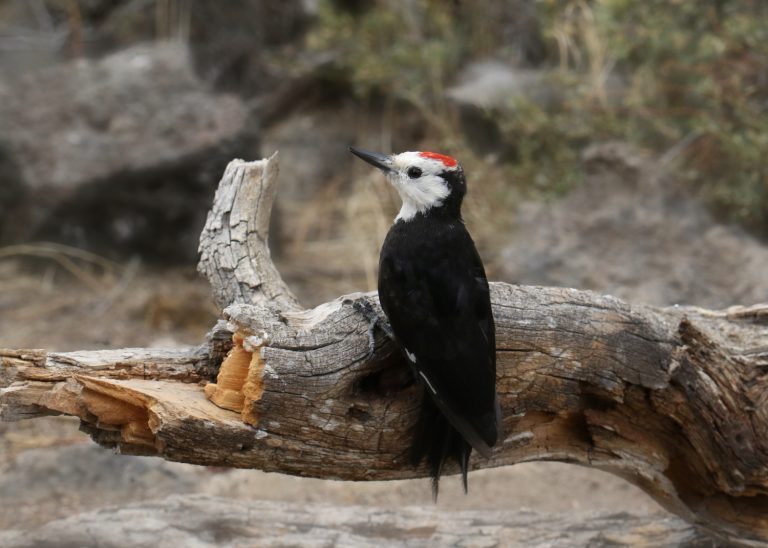
White-headed Woodpeckers do not migrate and they live in along the Pacific Coast in Oregon and California and from Arizona and New Mexico down through Mexico to Central America.
Gila Woodpecker
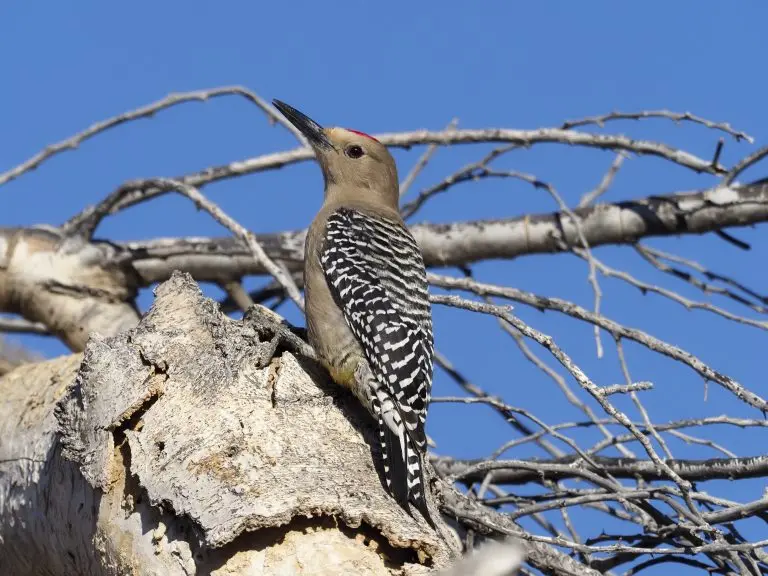
Gila Woodpeckers do not migrate and they mostly live in Arizona, Baja California and Mexico
Nuttall’s Woodpecker
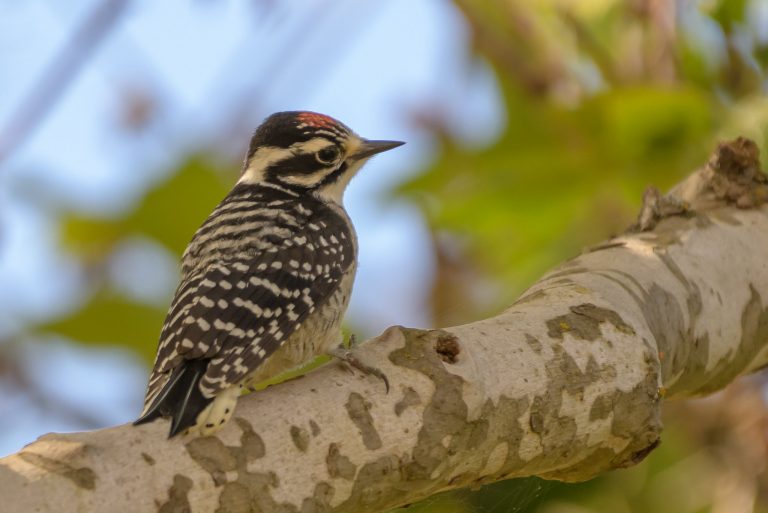
Nuttalls Woodpeckers do not migrate and they mostly live in California with a few birds in northern Baja California and southern Oregon.
Ladder-backed Woodpecker
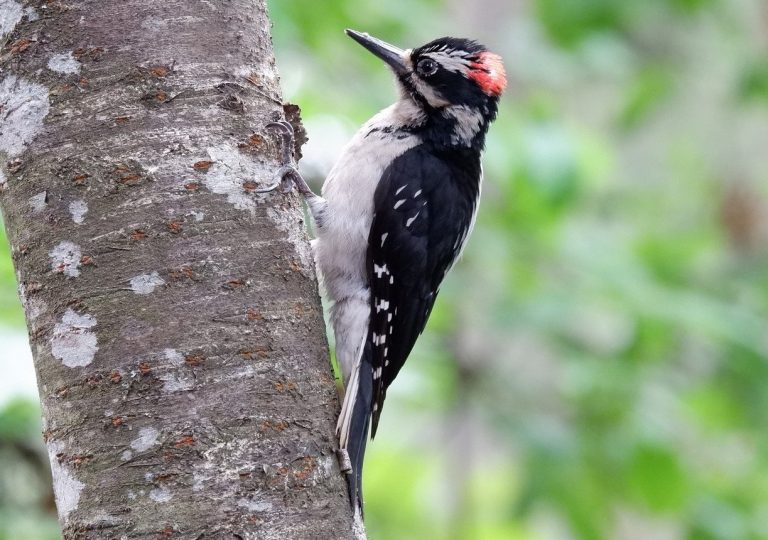
Ladder-backed Woodpeckers do not migrate.
Dry deserts and thorn forests, across dry southern states from California to Texas, up to southeastern Colorado, and down through Mexico, are the usual habitats of Ladder-backed Woodpeckers.
Gilded Flicker
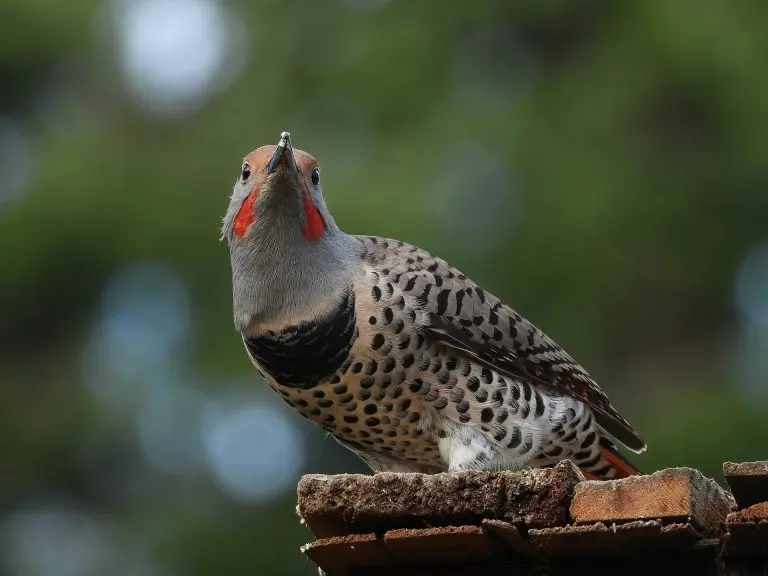
Gilded Flickers do not migrate and they range from southern Nevada, Arizona, Mexico, and Baja California.
Golden-fronted Woodpecker
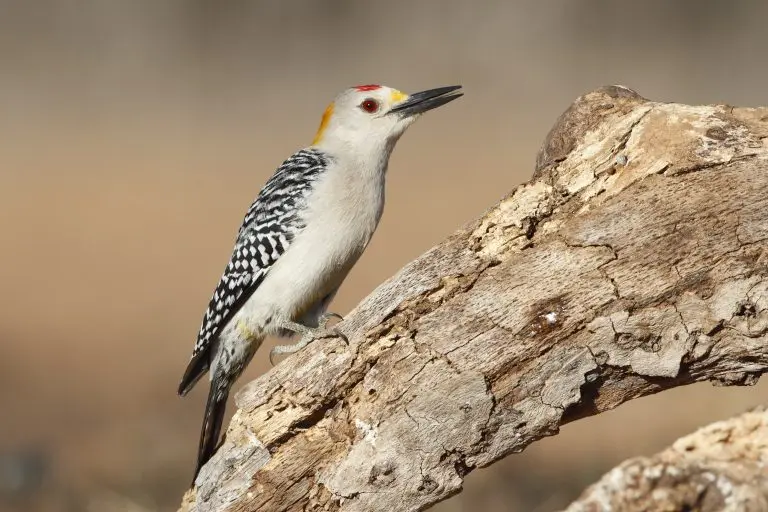
Golden-fronted Woodpeckers do not migrate and they range from Nicaragua up through Mexico into Texas and Oklahoma.
Arizona Woodpecker

Arizona Woodpeckers do not migrate and although named Arizona Woodpeckers they predominantly are found in Mexico as well as the southern corner of Arizona and New Mexico.
Ivory-Billed Woodpecker
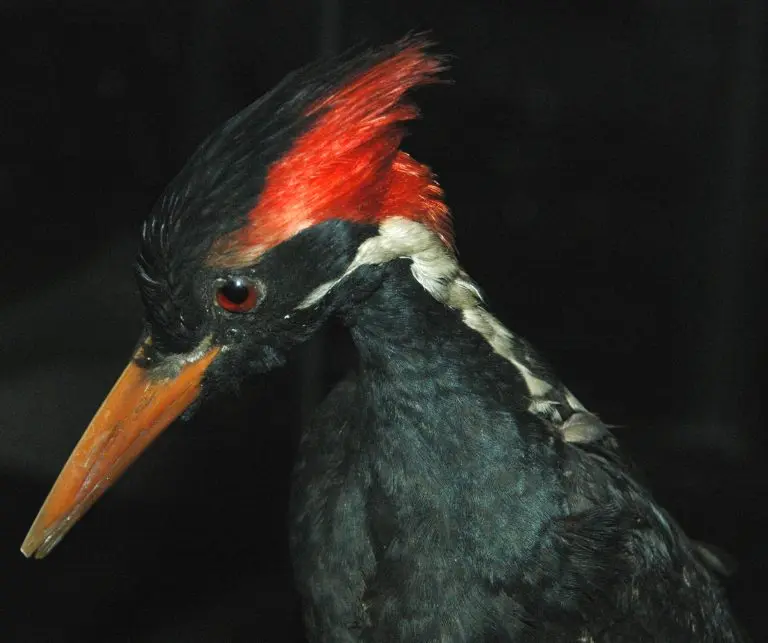
Ivory-billed Woodpeckers are critically endangered and do not migrate. They have been found along the Gulf Coast in Arkansas, Louisiana and Florida but not for many years.









